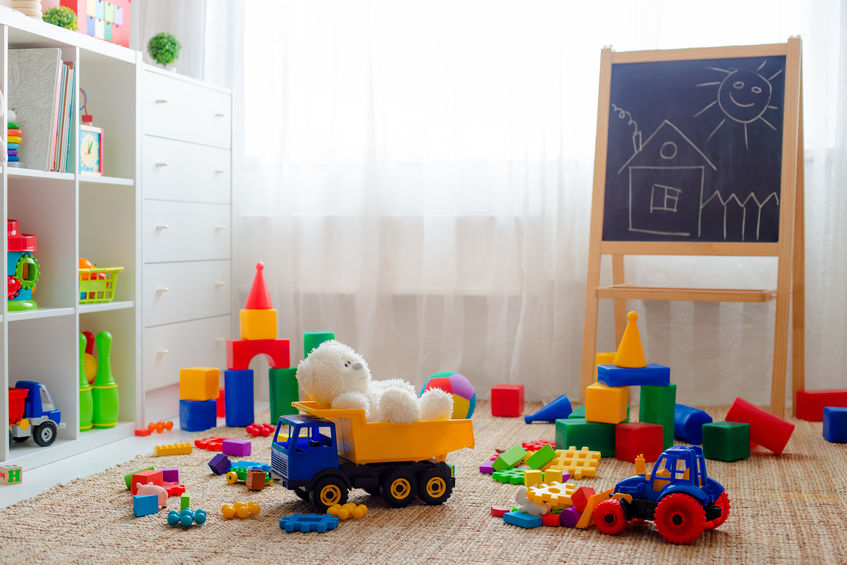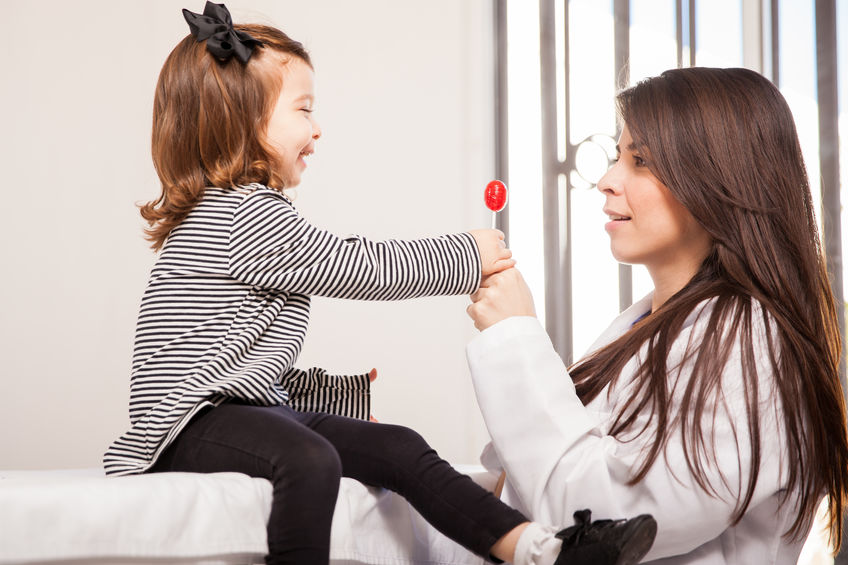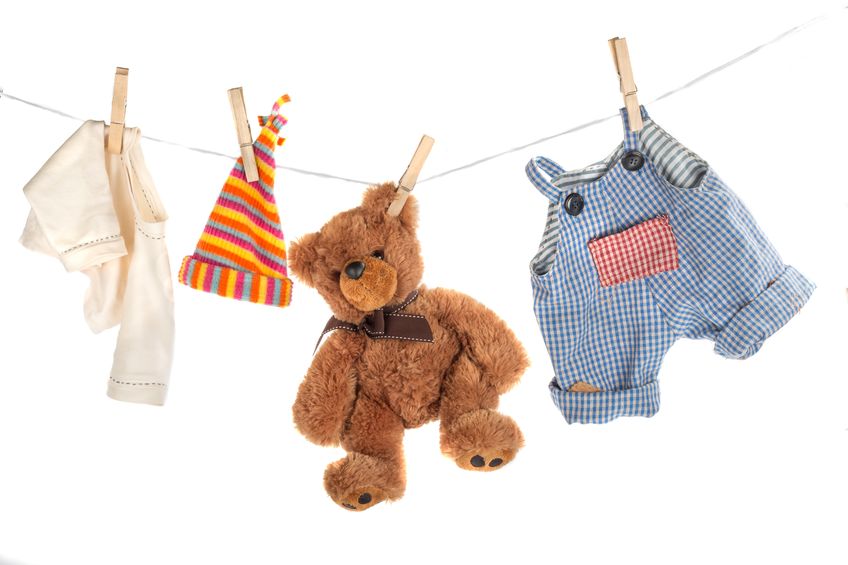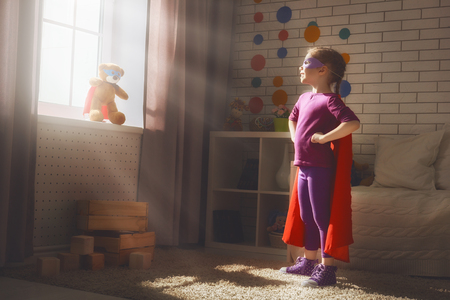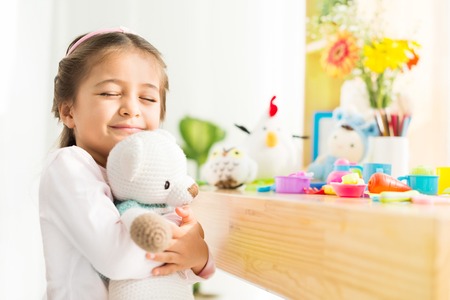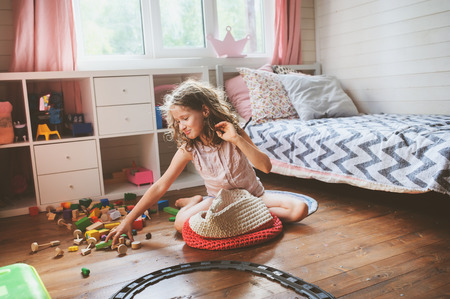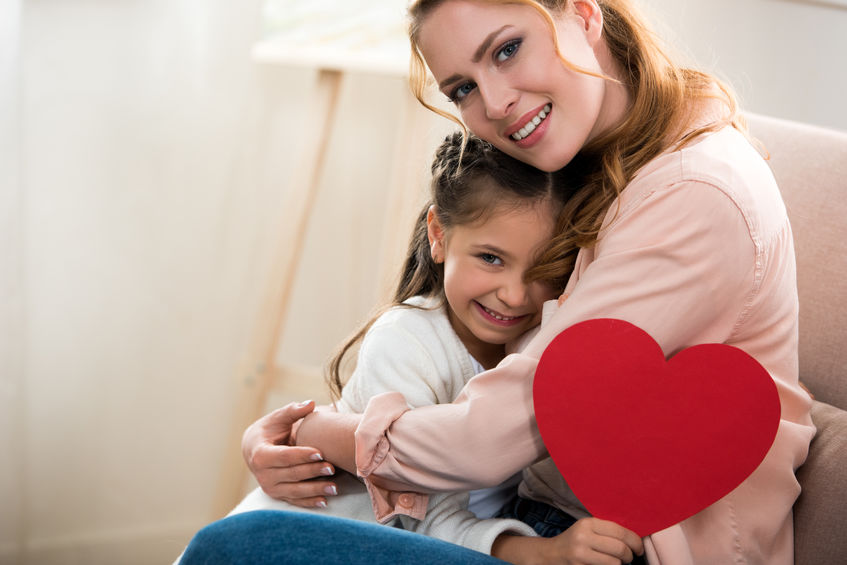
Like every holiday since the COVID-19 Pandemic, Valentine’s Day looks a little different this year. Instead of dropping the kids off at Grandma and Grandpa’s and having a romantic evening out with your spouse, you’re now stuck at home with the kids in tow.
Nevertheless, that doesn’t mean you can’t have a great evening. Here we discuss a few ways parents (and kids) can celebrate Valentine’s Day during the COVID-19 Pandemic:
Plan a family activity
We understand the desire to get some time away from the kids, but it really is important to include them in some of the festivities. Unable to celebrate it at school with their peers, your kids may feel left out. Instead, plan one or two family activities for the day. Here are a few ideas to get you started:
- Make a chocolate dessert together for dinner
- Create Valentine’s Day cards to send out to friends and family
- Have a movie marathon
- Play Valentine’s Day-based, pretend play games with their toys and stuffed animals
But plan some alone time too
After almost a year shut up in the house with the kids, the urge for some alone time with your spouse is real. We get it. So, if you can, try to carve out some time to spend with just your spouse. This year, Valentine’s Day is on a Sunday, giving you ample time throughout the day (or at least, more than usual). We recommend doing those family activities mentioned above during the day. Then, once the kids have gone up for bed, cuddle up with your spouse on the couch, turn on a movie, and relish in some peace and quiet.
Whether it’s for your kids or your spouse, teddy bears are the perfect Valentine’s Day gift. Check out our collection here at The Zoo Factory to get started!

